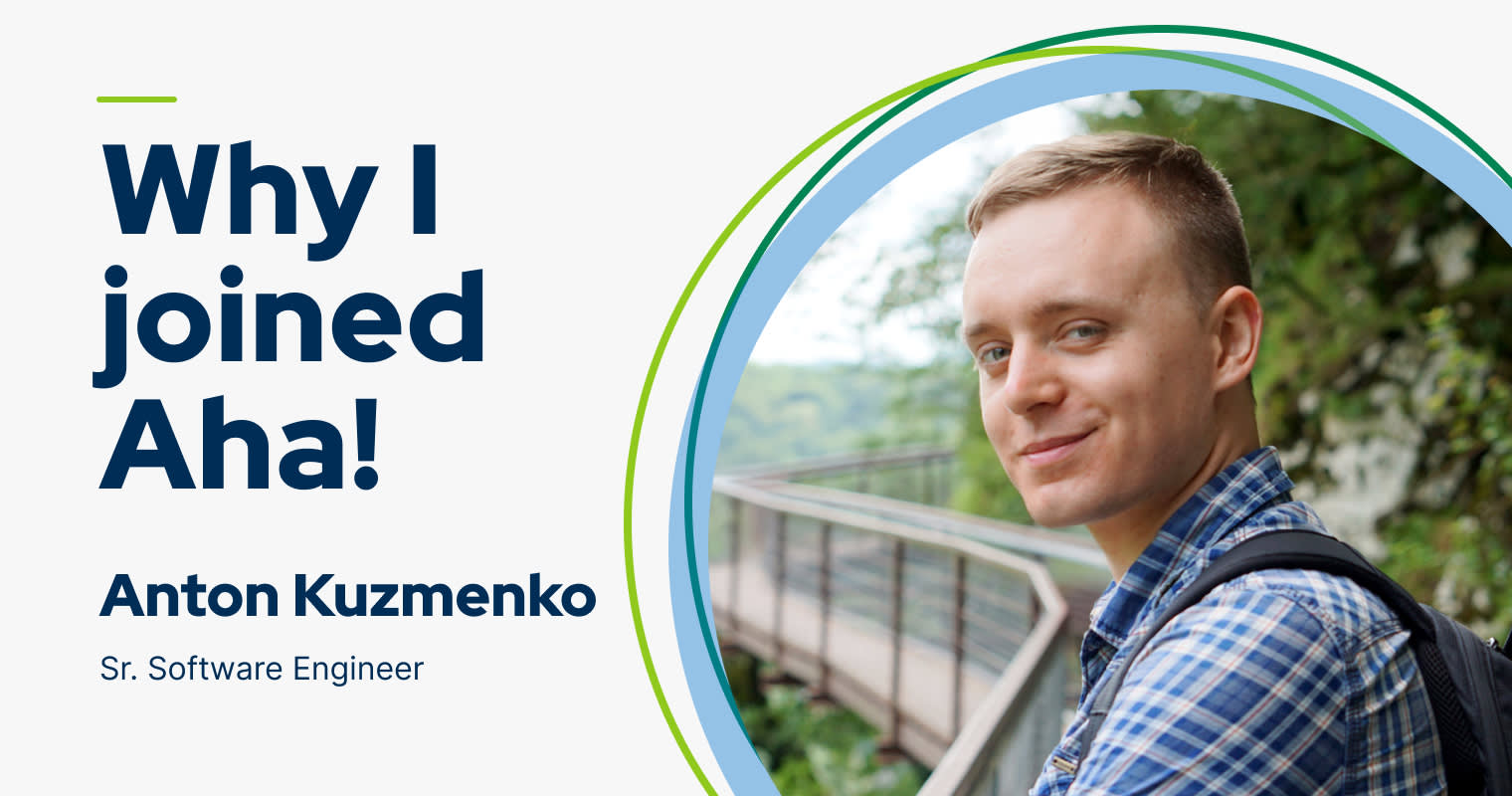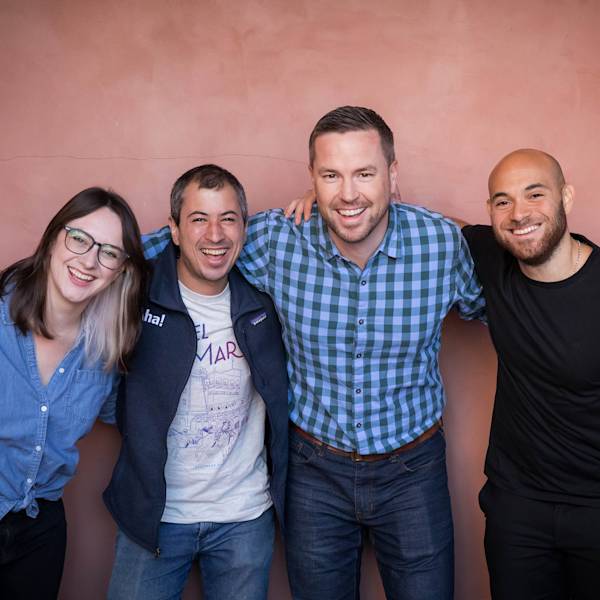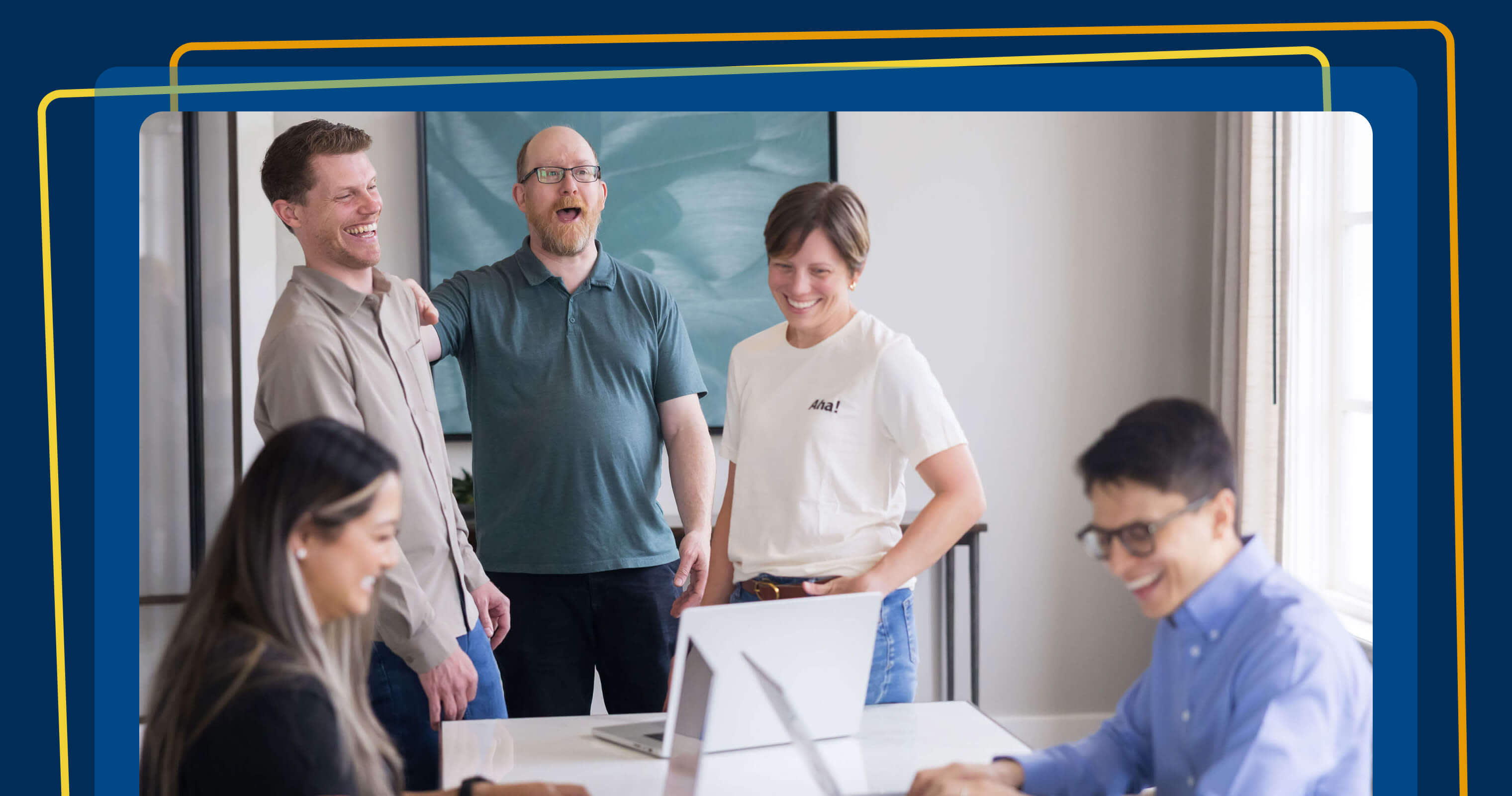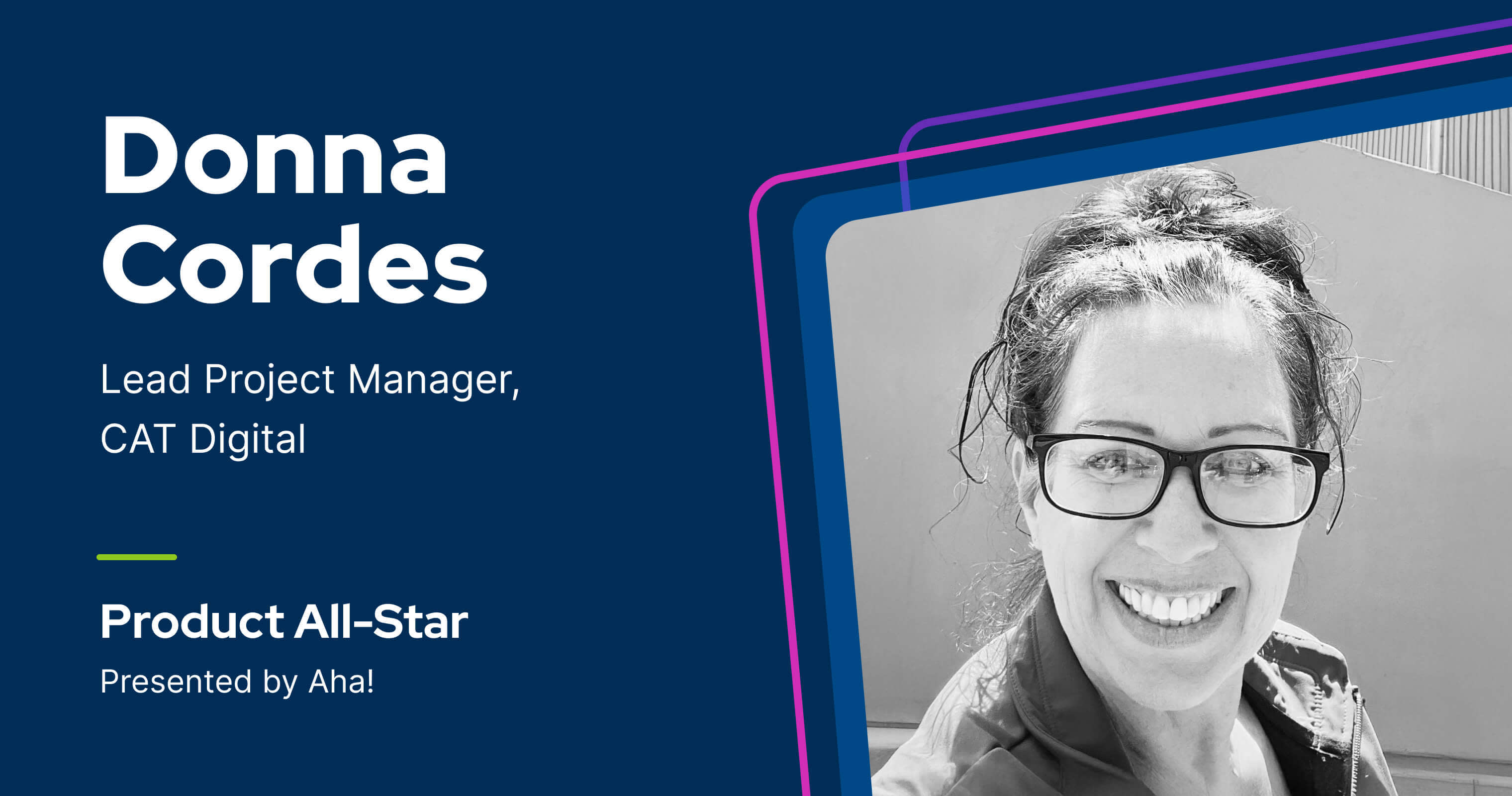
Anton focuses on enhancements for Aha! Ideas and our new AI assistant. | Photo by Aha!
My name is Anton Kuzmenko — this is why I joined Aha!
Most engineers want to feel a sense of ownership over their work. But what that means depends on the person. You might enjoy building everything from scratch at a startup. Or prefer to specialize in a key area of a large-scale system. Or maybe you want something in between: a role with clear direction, but ample opportunities to experiment. It can take a few tries to figure out what feels right. But you will know when you do.
To me, the most rewarding engineering roles strike the right balance between technical challenges and autonomy. I want tough problems and the freedom to solve them.
My first software engineering role was at a fintech company. It was a small, but profitable team with no outside investors. I liked the independent spirit this brought to the culture. This carried over to my own work, too — it was my introduction to full-stack development with Ruby on Rails.
If you are an engineer, you know that frameworks are more than technology. Each has its own philosophy and community. Rails is my favorite in that aspect. It is both elegant and practical. And it empowers individual developers to build solutions end-to-end as efficiently as possible. For me, this is a satisfying way to work.
I was fortunate to have this great experience early in my career and stayed nearly five years. When I was curious about new opportunities, I briefly joined a tech startup. But I soon realized I preferred to be at a more established business. That led me to take on a role at a large company that provided engineering services to enterprise clients.
This was a major shift. I learned to work with Python and Go instead of Rails, and I explored a few new areas (like machine learning). But overall, our clients' products were mostly nontechnical. The pace seemed much slower to me compared to building software. And it felt limiting to work within set project parameters.
This role also involved a lot of meetings, formal processes, and approval layers. Plus, teams were assembled fresh for each project — so I rarely worked with the same people. After about four years, I missed the efficiency and rapport of a more dynamic group.
I started looking for a role that combined challenging work with the ability to move fast — plus a team culture I cared about.
My first role had hit those marks, so I looked for similar opportunities. In my search, I found openings for the Aha! team. Some familiar qualities stood out right away. The company is bootstrapped and built on Rails, and the engineering team was clearly enthusiastic about its work.
Since joining as a senior software engineer, the role has been what I hoped. I have contributed to many new Aha! Ideas features, especially AI-powered functionality such as idea exploration and themes. More recently, I helped create our new AI assistant.
There is no recipe for building AI functionality — it evolves too quickly. That makes it an energizing challenge. I led the backend development while others worked on the front end and integration across the suite. We focused on our areas and put the parts together into a whole new AI offering for our products.
That is key to what makes Aha! engineering unique, and even unusual. We have a high level of ownership — with room to try things and improve. As another example, I once made an AI search prototype over the weekend for fun. The team liked it, and it evolved into a customer-facing feature. This was a surprising result. In most organizations, this kind of impact is rare (no matter how good your ideas are).
But we do not ship just anything. All code is closely reviewed to meet our standards and add value for customers. As part of that, I often record and share demos with the team. Within hours, I receive dozens of comments to help refine what I am building. We all learn a lot and support each other this way.
Aha! upholds what many experienced engineers value: trust and space to experiment, technical rigor, and a high-performing, reliable team.
The best part is that the team's feedback is always intentional. Since we are fully remote, most communication is asynchronous. People chime in when they are focused and have meaningful knowledge to share. That means input comes from those who truly care — not just whoever happens to be available.
This approach is essential to getting so much done from anywhere. To me, Aha! operates in a thoughtful, mature way that allows us to contribute and innovate faster as a team.
That is why I joined Aha! — and why you should too.




